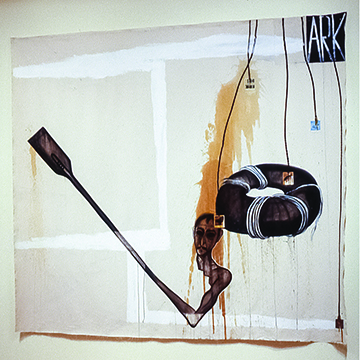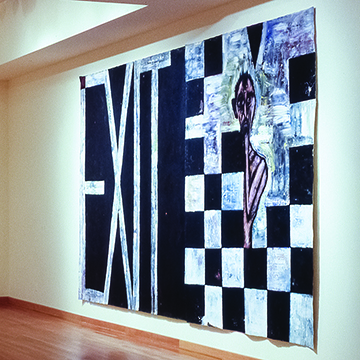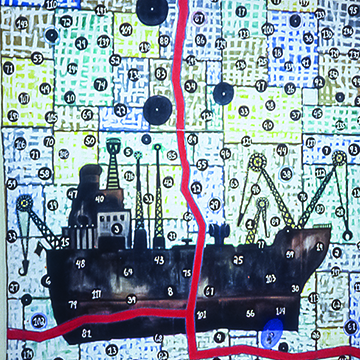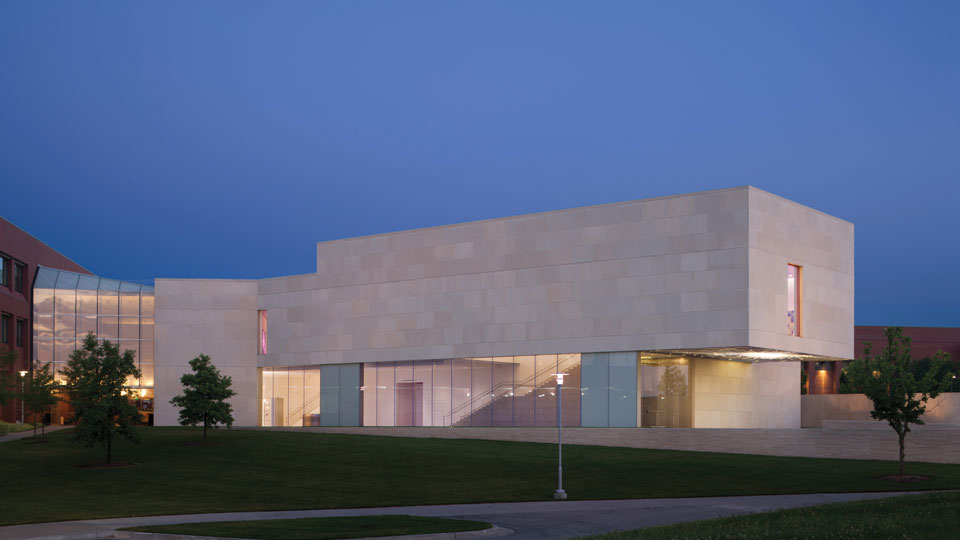Luis Cruz Azaceta
A veteran of conflict and suffering, Luis Cruz Azaceta interprets his anxieties, fears and compassion onto large-scale canvases active with lean human figures and emotional density. A native of Havana, Cuba, Azaceta emigrated to New York in 1960 at the age of 18. By then, he had already witnessed brutal murders that came as a result of the revolution leading to Fidel Castro’s self-appointed dictatorship of the island. At that point, he merely accepted the turbulence as a part of his heritage; it was not until a few years later that he began expressing himself through his art.
Azaceta bought his first art supplies in 1963, the very day that President Kennedy was assassinated. Though he had always wanted to be an artist, he suppressed his desires while in Cuba because of the cultural stigmas associated with artists, two of which were laziness and effeminacy. Despite these resonating stereotypes among Latinos in the United States, Azaceta began drawing and reading books on art history. While Azaceta was concentrating on the minimalist art that dominated the New York scene in the late 1960s, he traveled to Europe and had an epiphany that has since directed his painting career. Throughout the sexual and political revolutions, plus the Vietnam War, the visual arts had been primarily concerned with aesthetics, and Azaceta realized that his own art was saying nothing in regard to himself or society as a whole. When he returned to the U.S., he began painting events from his past, cultivating an expressionistic style influenced by European artists Francis Bacon, Francisco Goya and Hieronymus Bosch, as well as Mexican painter Frida Kahlo.
Fear and human suffering dominate Azaceta’s work. Be it Cuban boat refugees, AIDS victims or mere existential angst, his paintings are based wholly on intense human emotions. These subjects, generally socially or politically motivated, are the result of Azaceta’s experiences in Cuba with his eyewitness accounts of the brutal streets of New York City where he had journeyed to escape inhumane terror.
The human figures in Azaceta’s work are often identifiable as self-portraits of the artist. This aspect serves not so much as a painting of Azaceta’s own experience, but as metaphor. “I’m dealing with my own personal feelings and emotions, but they’re all universal in some way, no? I mean, fear is something we all experience,” Azaceta said in 1988 during an interview with Friedhelm Mennekes. Azaceta is not focusing on the morbid realities of life in order to perpetuate the myth of the big city. He brings his art to the public as an appeal to change: “My concern is with humanity. I want to confront the viewer with life and with what we are doing to each other. I hope to awaken in the viewer a sense of compassion...without compassion, there is nothing.”
Now based in New Orleans, Luis Cruz Azaceta was born in 1942 in Havana, Cuba. He studied at the School of Visual Art in New York City.
The gallery guide includes an essay by Susan Cahan, art historian and deputy director of The New Museum of Contemporary Art, New York.
We are deeply grateful to Luis Azaceta for his assistance with this exhibition. His enthusiasm, warm humor and insight greatly facilitated the organization of the show. We would also like to thank the galleries and collectors who generously agreed to loan their works. In particular, we are most appreciative of the support of George Adams of Frumkin/Adams Gallery, New York, for his considerable help with the exhibit. Additionally, Mary Anne Martin of Mary Anne Martin Fine Art, New York, is owed our thanks.





